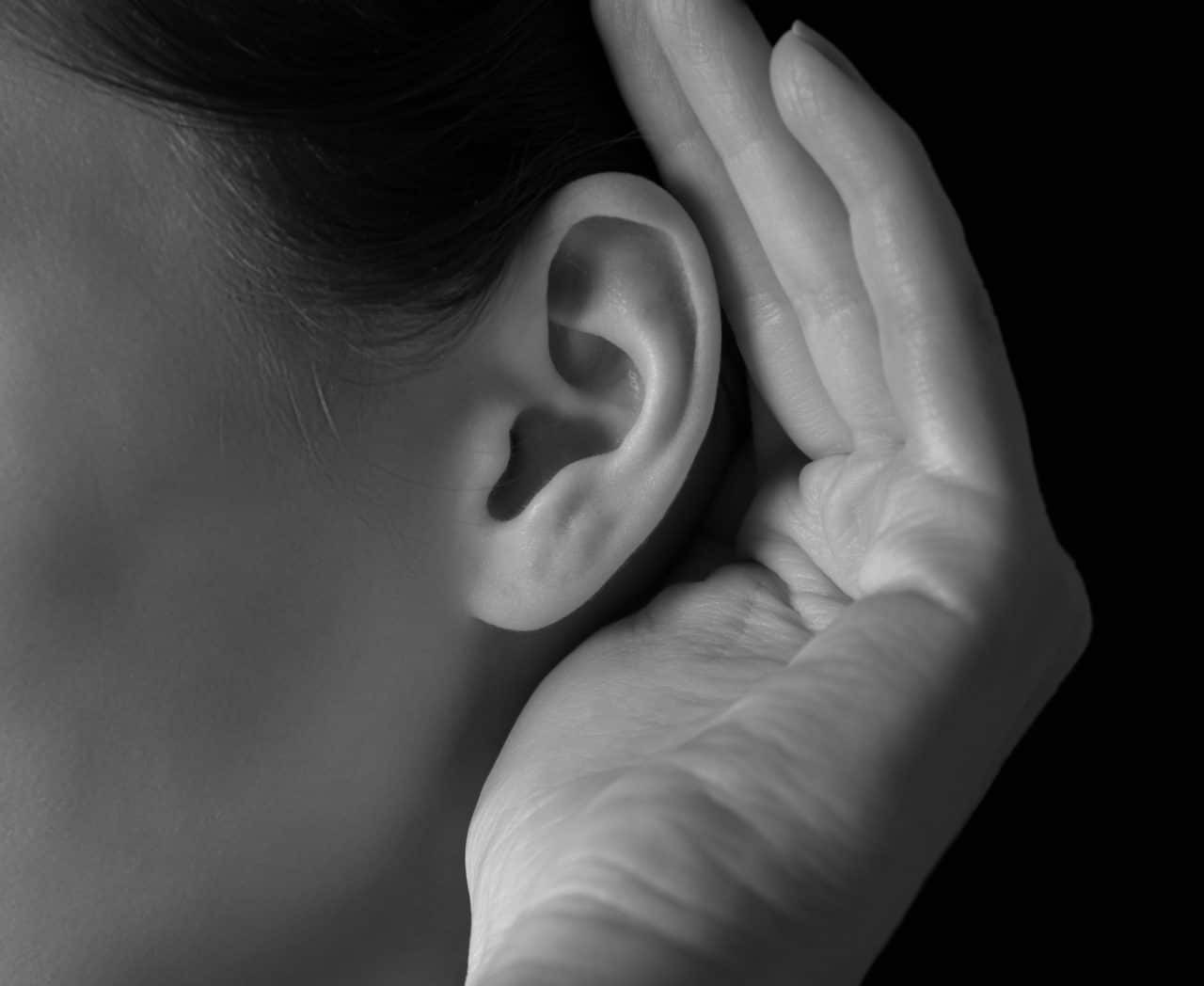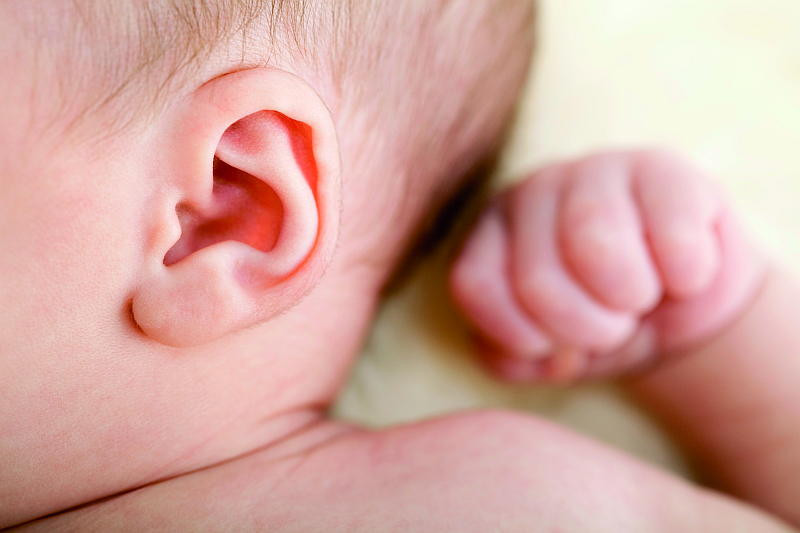Definisi
Telinga manusia terdiri atas tiga bagian utama, yaitu telinga luar, telinga tengah dan telinga dalam. Getaran suara akan masuk ke telinga luar, menggetarkan gendang telinga, melewati telinga tengah dan tulang-tulang pendengaran, kemudian akan dihantarkan menuju ke telinga dalam.
Gendang telinga merupakan suatu organ yang membatasi antara telinga bagian luar dan telinga bagian tengah. Jika terjadi robekan, pecah atau lubang pada gendang telinga, hal ini dapat menganggu proses penghantaran suara menuju ke telinga bagian tengah dan telinga bagian dalam. Selain menyebabkan gangguan penghantaran getaran suara, kondisi ini juga dapat menyebabkan infeksi.
Robeknya gendang telinga dapat disebabkan oleh banyak hal, seperti infeksi, cedera atau cedera, perubahan tekanan di dalam telinga yang terjadi secara tiba-tiba. Sebagian besar kejadian gendang telinga pecah terjadi secara langsung tanpa adanya komplikasi. Namun, dalam beberapa kasus, gendang telinga pecah terjadi secara perlahan dan dapat menyebabkan munculnya berbagai komplikasi.
Kondisi gendang telinga pecah dapat terjadi pada segala usia, terutama pada populasi berusia lebih muda. Pada orang yang berusia muda, angka kejadian gendang telinga pecah terjadi berhubungan dengan otitis media akut. Pada usia yang lebih tua, gendang telinga pecah cenderung disebabkan oleh kecelakaan atau cedera pada gendang telinga. Kejadian gendang telinga pecah lebih cenderung terjadi pada laki-laki dibanding pada perempuan.
Penyebab
Gendang telinga pecah disebabkan oleh banyak faktor, seperti komplikasi dari infeksi telinga (otitis media akut atau otitis eksterna yang disebabkan jamur Aspergillus niger), barotrauma karena ledakan, scuba diving, dan berpergian dengan menggunakan pesawat terbang. Selain itu, gendang telinga pecah juga dapat disebabkan oleh hal lain seperti cedera kepala, mendengarkan suara yang terlalu keras, masuknya benda asing seperti pecahan kaca atau serangga ke dalam telinga, hingga penyebab lainnya yang belum diketahui dasarnya.
Faktor Risiko
- Berada di lingkungan dengan paparan suara keras tanpa menggunakan pelindung telinga,
- Mengalami infeksi telinga, tapi tidak diobati dengan baik.
- Menggunakan atau memasukan benda-benda kecil ke dalam telinga yang dapat menyebabkan terjadinya robekan pada gendang telinga.
Gejala
Kasus gendang telinga pecah akan memunculkan gejala yang serupa, terlepas apa pun penyebab terjadinya. Gejala yang dirasakan berupa nyeri yang muncul secara tiba-tiba. Nyeri tersebut diikuti dengan adanya rasa lega dan keluarnya cairan dari dalam telinga. Telinga berdeging dan munculnya gejala pusing berputar atau vertigo juga dapat terjadi.
Diagnosis
Dokter akan menanyakan gejala-gejala yang Anda rasakan, misalnya berupa keluarnya cairan dari dalam telinga, nyeri telinga, dan telinga berdenging. Dokter Anda juga akan menanyakan adanya riwayat cedera atau benturan pada kepala Anda, riwayat mendengarkan suara terlalu keras, serta vertigo.
Pemeriksaan Fisik
Dokter mungkin akan melakukan pemeriksaan dengan menggunakan sebuah alat bernama otoskopi. Pemeriksaan ini dilakukan guna melihat dan menilai secara langsung telinga bagian luar Anda.
Pemeriksaan Penunjang
Setelah melakukan diagnosis dan pemeriksaan fisik, dokter akan melakukan pemeriksaan penunjang. Beberapa pemeriksaan penunjang yang dapat dilakukan untuk membantu dokter Anda dalam menegakan diagnosis berupa:
- Pemeriksaan laboratorium. Pemeriksaan ini dilakukan dengan cara mengambil sampel dari cairan yang keluar dari dalam telinga Anda. Cairan ini kemudian dibawa ke laboratorium untuk diidentifikasi kuman penyebab terjadinya gendang telinga pecah.
- Pemeriksaan dengan menggunakan garpu tala. Pemeriksaan ini dilakukan untuk menilai adanya penurunan pendengaran.
- Pemeriksaan dengan otoskopi pneumatik. Pemeriksaan ini dilakukan dengan menggunakan sebuah alat yang dimasukkan ke dalam telinga Anda. Alat ini kemudian akan mengukur respon gendang telinga pada perubahan tekanan udara.
- Pemeriksaan audiologi. Pemeriksaan ini dilakukan untuk menilai pendengaran Anda.
Tata Laksana
Pada umumnya, robekan pada gendang telinga Anda biasanya akan sembuh tanpa diberikan pengobatan. Namun, dokter Anda akan melakukan pengecekan jika robekan tersebut disebabkan oleh infeksi. Jika gendang telinga pecah disebabkan oleh infeksi, dokter Anda akan memberikan pengobatan sesuai dengan kuman penyebab terjadinya infeksi tersebut serta obat-obatan untuk mengurangi gejala yang muncul, seperti anti nyeri.
Jika lubang perforasi pada gendang telinga Anda berukuran cukup besar dan tidak mengalami penyembuhan selama beberapa minggu, dokter mungkin akan merekomendasikan Anda untuk melakukan tindakan pembedahan. Tindakan pembedahan akan dilakukan oleh dokter spesialis THT atau telinga hidung dan tenggorokan untuk memperbaiki gendang telinga yang robek.
Jika Anda mengalami gendang telinga pecah, berikut beberapa hal yang dapat dilakukan guna mengurangi kemungkinan telinga Anda mengalami infeksi, yaitu;
- Jangan meletakan apa pun ke dalam telinga Anda, baik berupa cotton buds atau obat tetes telinga kecuali dokter Anda yang menyarankan,
- Jaga telinga Anda agar tidak kemasukan air. Usahakan untuk tidak berenang dan lebih berhati-hati saat mandi atau keramas agar air tidak masuk ke dalam telinga Anda.
- Jangan mendengus atau menghembuskan hidung terlalu keras. Hal ini dapat menyebabkan kerusakan pada gendang telinga Anda.
Komplikasi
Komplikasi yang dapat muncul berupa penurunan pendengaran. Jika dibiarkan tanpa diobati, gendang telinga pecah dapat menyebabkan terjadinya otitis media kronis. Otitis media kronis dapat menyebabkan infeksi yang merusak tulang-tulang pendengaran. Lebih lanjut, kondisi ini dapat menyebabkan hilangnya kemampuan untuk mendengar berupa tuli sensorineural secara permanen.
Selain itu, infeksi kronis atau jangka lama yang terjadi pada telinga dapat menyebabkan terjadinya gangguan pada saraf. Telinga bagian tengah dipersarafi oleh saraf nomor 7. Saraf ini juga mempersarafi wajah. Jika terjadi gangguan pada saraf ini, dapat terjadi paralisis atau kelumpuhan pada otot wajah.
Infeksi juga dapat mengalami penyebaran dari telinga menuju ke bagian dalam rongga kepala dan menyebabkan munculnya meningitis atau abses otak. Abses diartikan sebagai penumpukan nanah pada suatu bagian dikarenakan adanya infeksi. Hal ini dapat membahayakan penderitanya.
Mastoiditis atau peradangan pada tulang mastoid yang menyusun dinding telinga dapat menjadi salah satu komplikasi gendang telinga pecah. Selain mastoiditis, dapat juga terjadi kolesteatoma atau pertumbuhan secara berlebihan dari sel kulit pada telinga bagian tengah. Kolesteatoma dapat merusak tulang-tulang pada telinga bagian tengah serta merusak telinga bagian dalam. Lebih lanjut, kodisi ini akan menyebabkan terjadinya kehilangan kemampuan pendengaran secara permanen dan vertigo atau pusing berputar.
Pencegahan
Terdapat beberapa cara yang dapat Anda gunakan untuk melindungi gendang telinga Anda, yaitu:
- Lindungi telinga Anda dengan menggunakan ear plugs ketika Anda sedang berada di tempat dengan suara keras.
- Jangan memasukkan benda-benda yang memiliki kemungkinan merobek gendang telinga ke dalam telinga Anda.
- Jika Anda merasakan adanya rasa nyeri atau gejala dari infeksi telinga, segera periksa ke dokter agar mendapatkan penanganan yang tepat dengan segera.
Kapan Harus ke Dokter?
Jika Anda merasa mengalami gendang telinga pecah atau jika Anda telah berobat ke dokter untuk mengobati gangguan pada telinga Anda. Namun, gejala seperti nyeri pada telinga, demam, atau keluarnya cairan dari dalam telinga, tidak kunjung hilang, segera kunjungi dokter Anda.
Mau tahu informasi seputar penyakit lainnya, cek di sini ya!
- dr Anita Larasati Priyono
NHS.uk. (2020, 11 Februari). Perforated eardrum - NHS. Diakses pada 9 Maret 2022, dari https://www.nhs.uk/conditions/perforated-eardrum/
Clevelandclinic.org. (2019, 18 April). Ruptured Eardrum (Acutely Perforated Tympanic Membrane). Diakses pada 9 Maret 2022, dari https://my.clevelandclinic.org/health/diseases/15581-ruptured-eardrum-acutely-perforated-tympanic-membrane
Medscape.com. (2020, 14 Desember). Middle Ear, Tympanic Membrane, Perforations Treatment & Management: Medical Therapy, Surgical Therapy, Preoperative Details. Diakses pada 9 Maret 2022, dari https://emedicine.medscape.com/article/858684-treatment
Mayoclinic.org. (2022, 18 Januari). Ruptured eardrum (perforated eardrum) - Diagnosis and treatment - Mayo Clinic. Diakses pada 9 Maret 2022, dari https://www.mayoclinic.org/diseases-conditions/ruptured-eardrum/diagnosis-treatment/drc-20351884
Healthline.com. (2019, 12 Agustus). Eardrum Rupture: Causes, Symptoms & Treatments. Diakses pada 9 Maret 2022, dari https://www.healthline.com/health/ruptured-eardrum
Dolhi N, Weimer AD. Tympanic Membrane Perforations. [Updated 2021 Aug 11]. In: StatPearls [Internet]. Treasure Island (FL): StatPearls Publishing; 2022 Jan-. Available from: https://www.ncbi.nlm.nih.gov/books/NBK557887/











